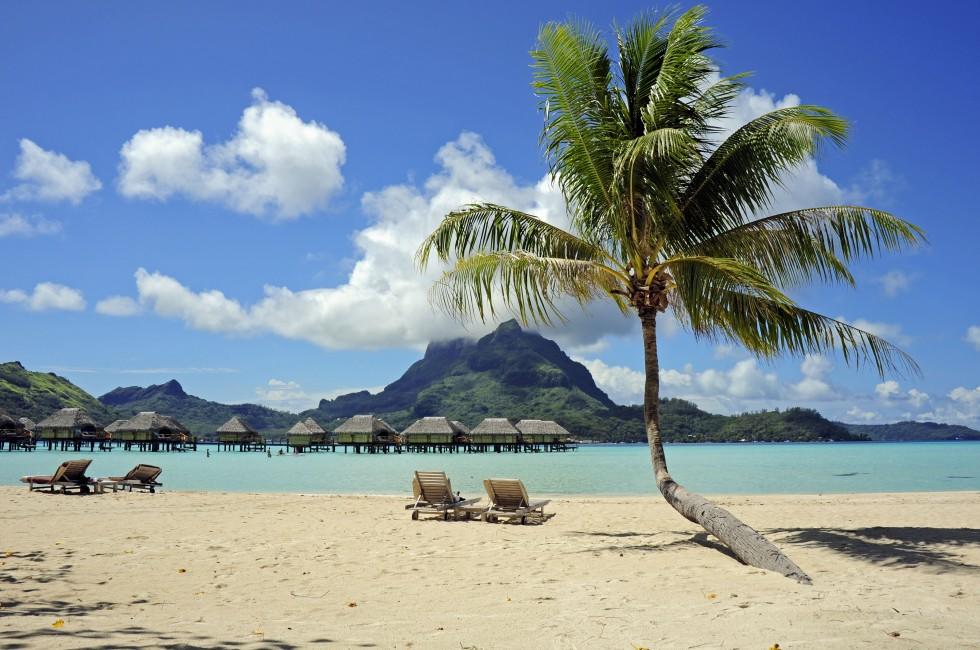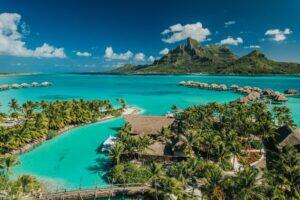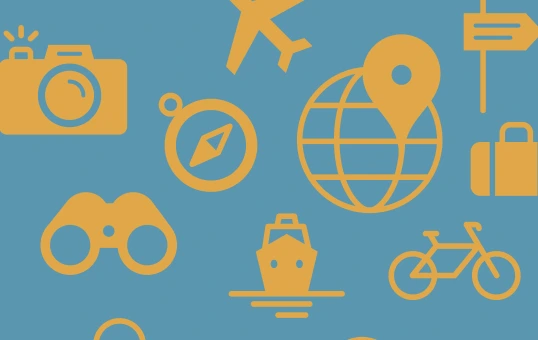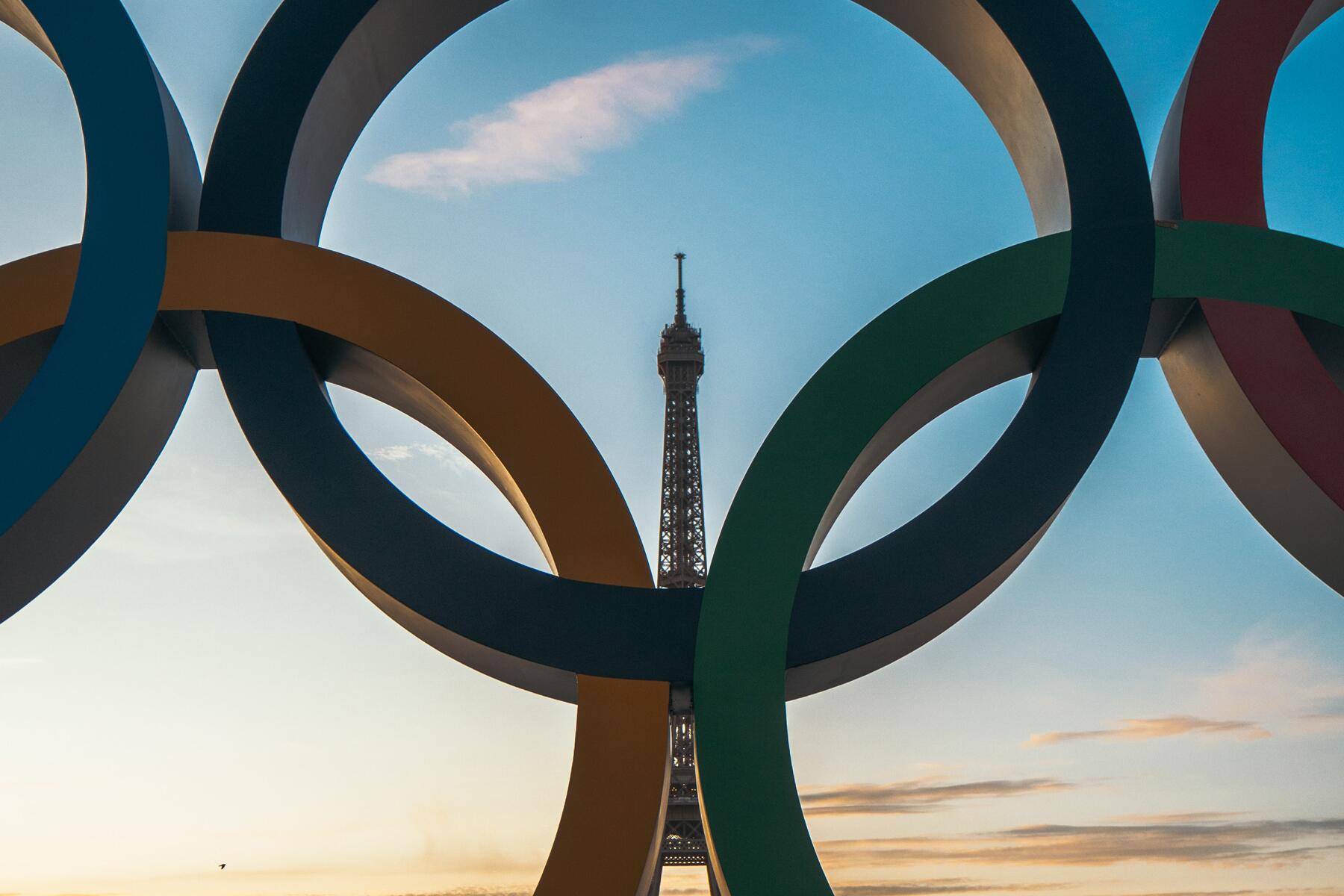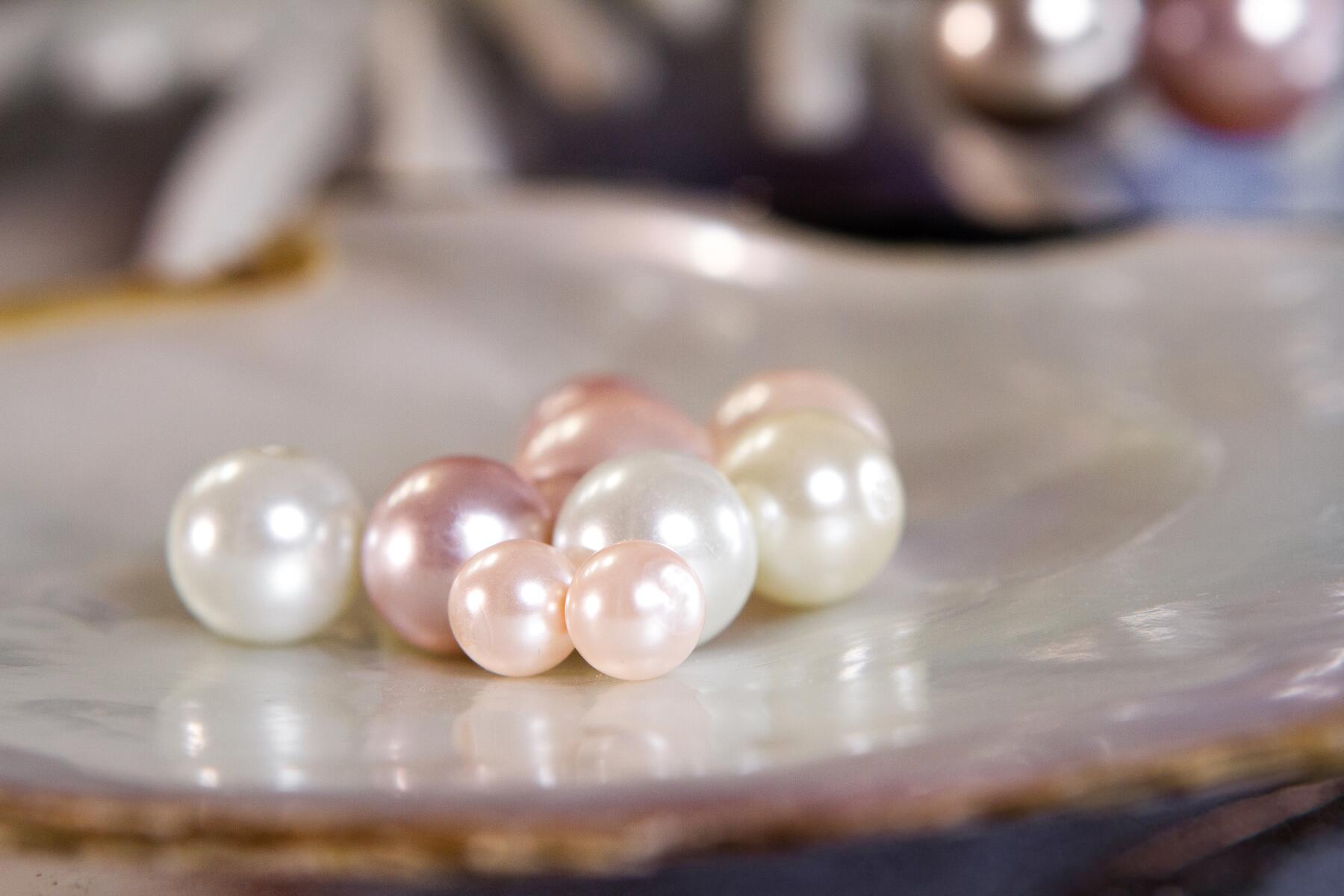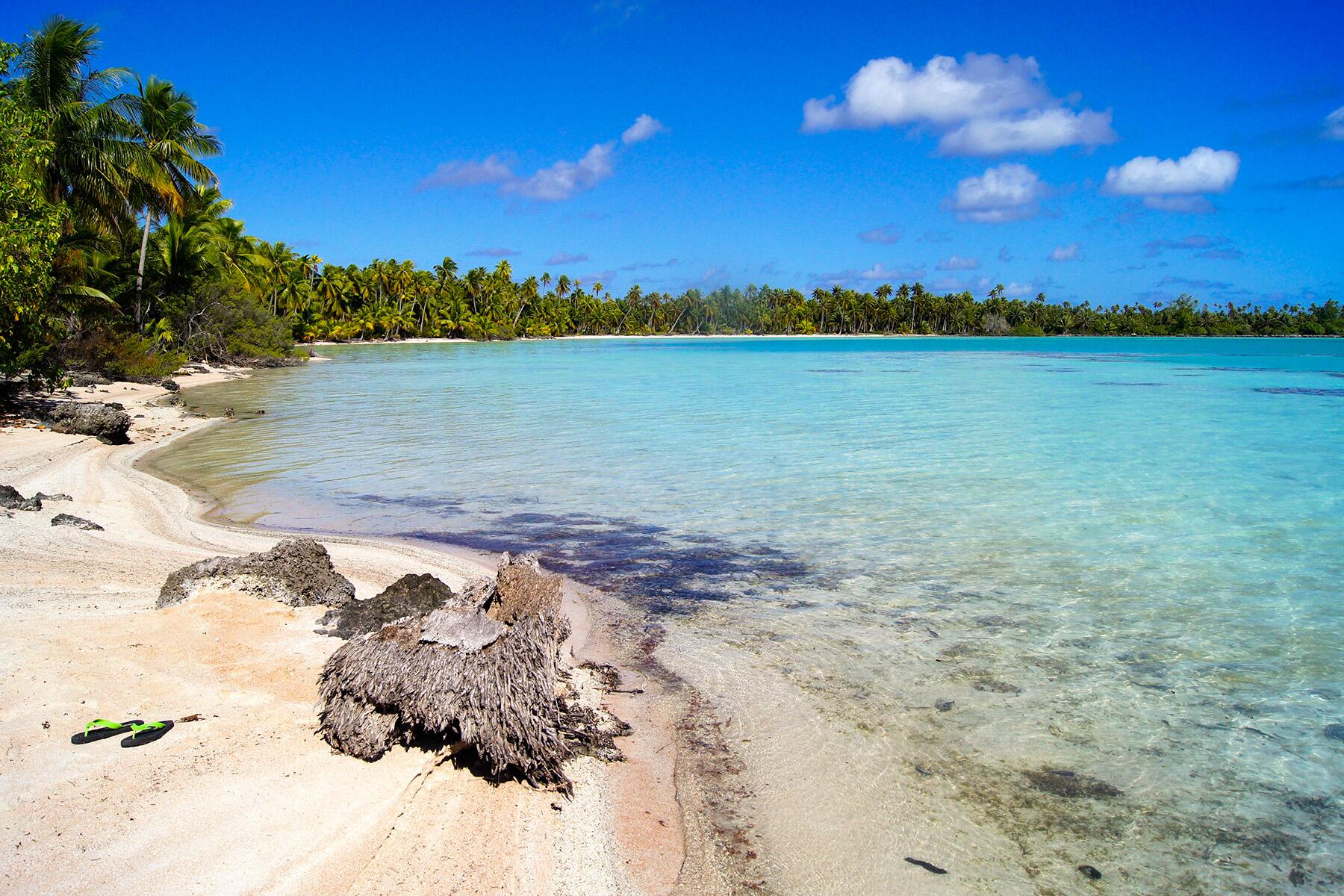Polynesie francaise has long been among the world’s more romantic destinations. Made up of 4,200 square km (1,622 square mi) of land spread over five archipelagoes that cover nearly 2.5 million square km of South Pacific Ocean, French Polynesia became a protectorate of France in 1847 and a colony in 1880. Today it is an "overseas country" or pays d’outre-mer of France and has a population of nearly 250,000, 83% of them Polynesian. The biggest concentration of people is in the capital, Papeete, where around 130,000 people live. It’s a place of overwhelming beauty—and of subtlety. Many wear the national flower, a species of gardenia (but sometimes any available flower) over one ear: wear it on the left if you are spoken for, on the right ear if you are not. Of course, you can't tak...
Read MorePolynesie francaise has long been among the world’s more romantic destinations. Made up of 4,200 square km (1,622 square mi) of land spread over five archipelagoes that cover nearly 2.5 million square km of South Pacific Ocean, French Polynesia became a protectorate of France in 1847 and a colony in 1880. Today it is an "overseas country" or pays d’outre-mer of France and has a population of nearly 250,000, 83% of them Polynesian. The biggest concentration of people is in the capital, Papeete, where around 130,000 people live. It’s a place of overwhelming beauty—and of subtlety. Many wear the national flower, a species of gardenia (but sometimes any available flower) over one ear: wear it on the left if you are spoken for, on the right ear if you are not. Of course, you can't take this literally, and many souls would require flowers on both ears.
Find a Hotel
Top Destinations
Top Destinations
All Destinations
Expand All Collapse All
Top Experiences
Top Experiences
Recent Forum Posts
Recent Forum Posts
-
R
French Polynesia Anniversary Trio
Rmgood started Oct 28, 2017 |Last reply May 28, 2018 3 replies 5975 views -
J
Just got back from Bora Bora, French Polynesia. Honeymoon video inside.
Jpayuran started Dec 19, 2016 |Last reply Jan 14, 2017 7 replies 3084 views -
B
Need Help On French Polynesia Trip in June.
B_and_B started Jan 31, 2016 |Last reply Mar 4, 2016 5 replies 2371 views
